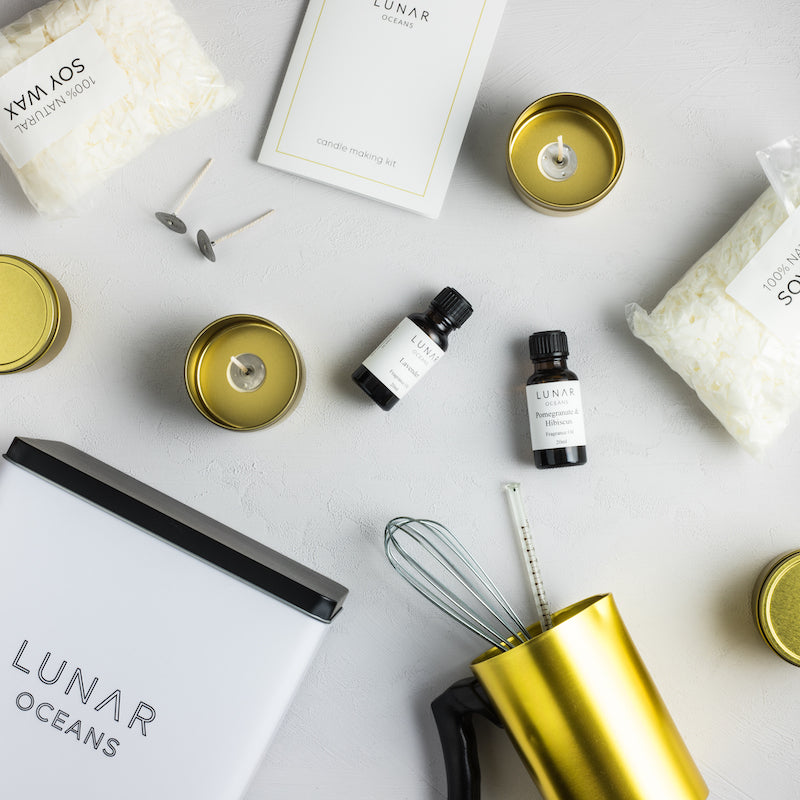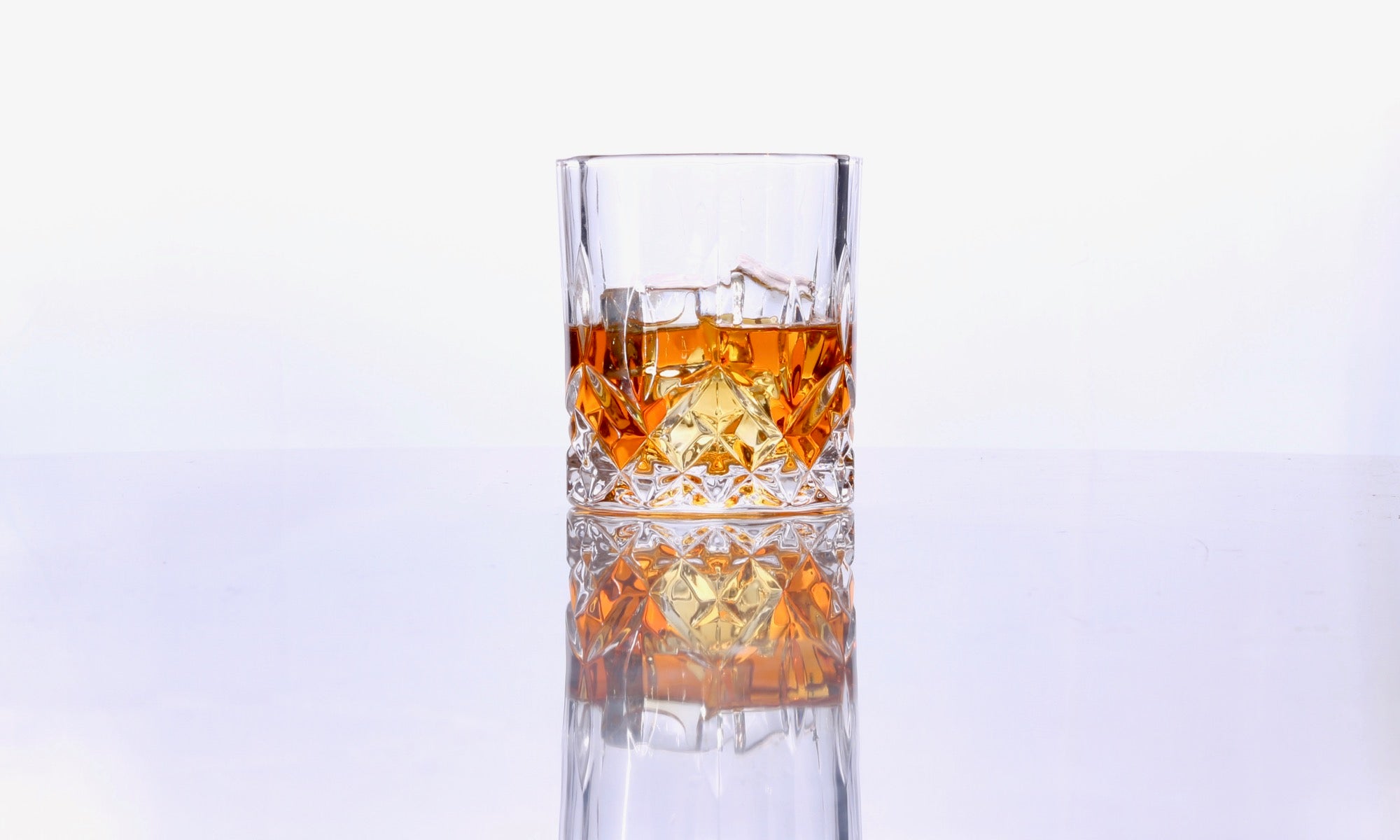Given the increasing ubiquity of the G & T, it would be fair to think that gin has never been so popular in Britain.
The last year alone has seen an explosion of gin-inspired products, most recently with Aldi supermarkets introducing sloe gin-flavoured mince pies for the 2017 Christmas season. At the other end of the specialty retail spectrum, luxury department store Fortnum & Mason has released its own-label “gin & tonic tea” teabags, combining green tea with juniper berries, coriander, fennel and lemon balm.
Back in 2010, the 19th of October was declared International Gin and Tonic Day, which this year the airline Virgin Atlantic celebrated by offering a complimentary tipple of Bombay Sapphire and Fever-Tree tonic to its transatlantic passengers. Where previously Schweppes or a supermarket brand of tonic water would do the job, customer demand for Fever-Tree saw profits for the upmarket mixers brand more than double last year.
And for those of us less particular about how our cocktail is mixed, the relatively recent invention of G&T in a can has made picnic drinking a breeze.
The figures bear out the British public’s enthusiasm. In just the last five years, the number of gin distilleries in the UK has doubled. In 2016, sales of the booze rose to over £1bn -- largely as a result of the whirlwind popularity of artisanal gin.
So has the juniper-flavoured spirit reached its peak popularity? The answer, surprisingly, is absolutely not. Rewind 300 years or so, and the average adult in London was drinking around half a pint of gin a day. So high were consumption levels during the ‘Gin Craze’ that parliament passed eight separate pieces of legislation between 1729 and 1751 in attempts to control the
epidemic of drunkenness in the city.
The first of what became known as the ‘Gin Acts’ aimed to restrict sales by raising duty and licensing fees. An oversight of the statute’s designers was that they defined gin as a spirit with added “juniper berries, or other fruit, species or ingredients”; a definition that illicit distillers were able to override by simply not adding those ingredients. City street vendors would commonly flavour the gin (destructive by itself in large enough quantities) with potentially- lethal turpentine, and even sulphuric acid!
Between the slums and the workhouses, life was immensely difficult for the urban poor in the 18th century. Both plentiful and cheap, gin sated hunger pangs and provided a palliative to drudgery. But with the equivalent of two pints a week being drunk by every man, woman and child, the social effects were disturbing and extreme. During the height of the Gin Craze, over eight million gallons of gin were produced each year. The painter William Hogarth famously depicted the squalid state of inner city London in his 1751 print Gin Lane.
Eventually, by the late 1750s relative sobriety prevailed as a result both of legislation and the rising cost of grain, following poor harvests. There have been various resurgences in gin consumption since then -- in the Victorian era and even in our own time -- but never with the madness of the early 18th century.

![See page for author [CC BY 4.0 (http://creativecommons.org/licenses/by/4.0)], via Wikimedia Commons](http://lunaroceans.com/cdn/shop/articles/The_seasons._October_-_Battle_of_-gin-court__illustration_Wellcome_M0011365.jpg?v=1519744084&width=1500)

